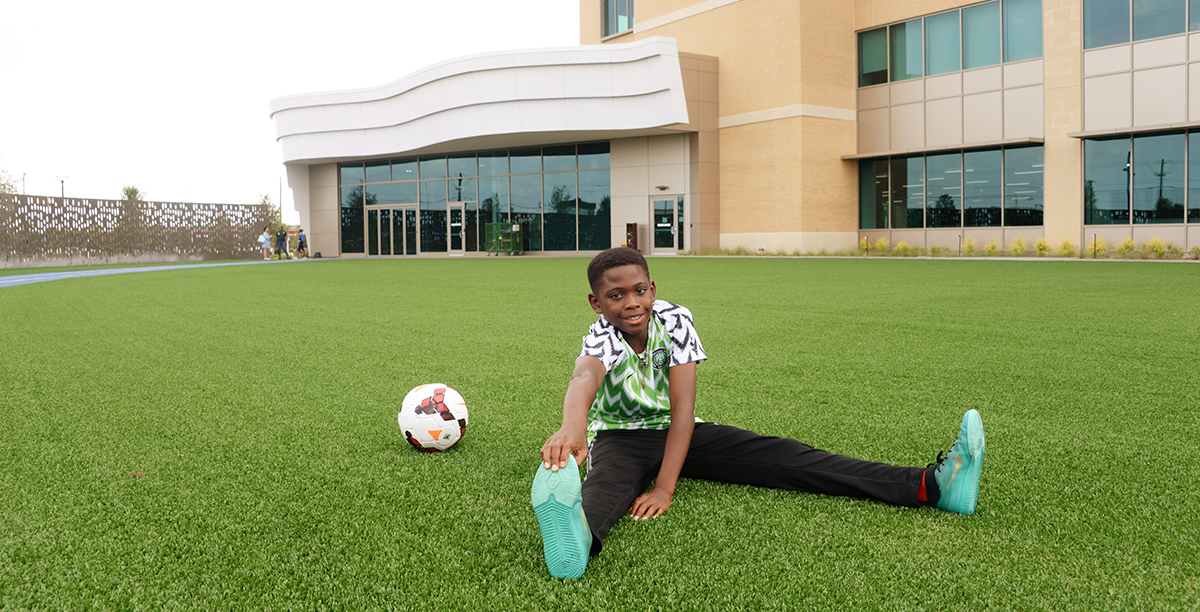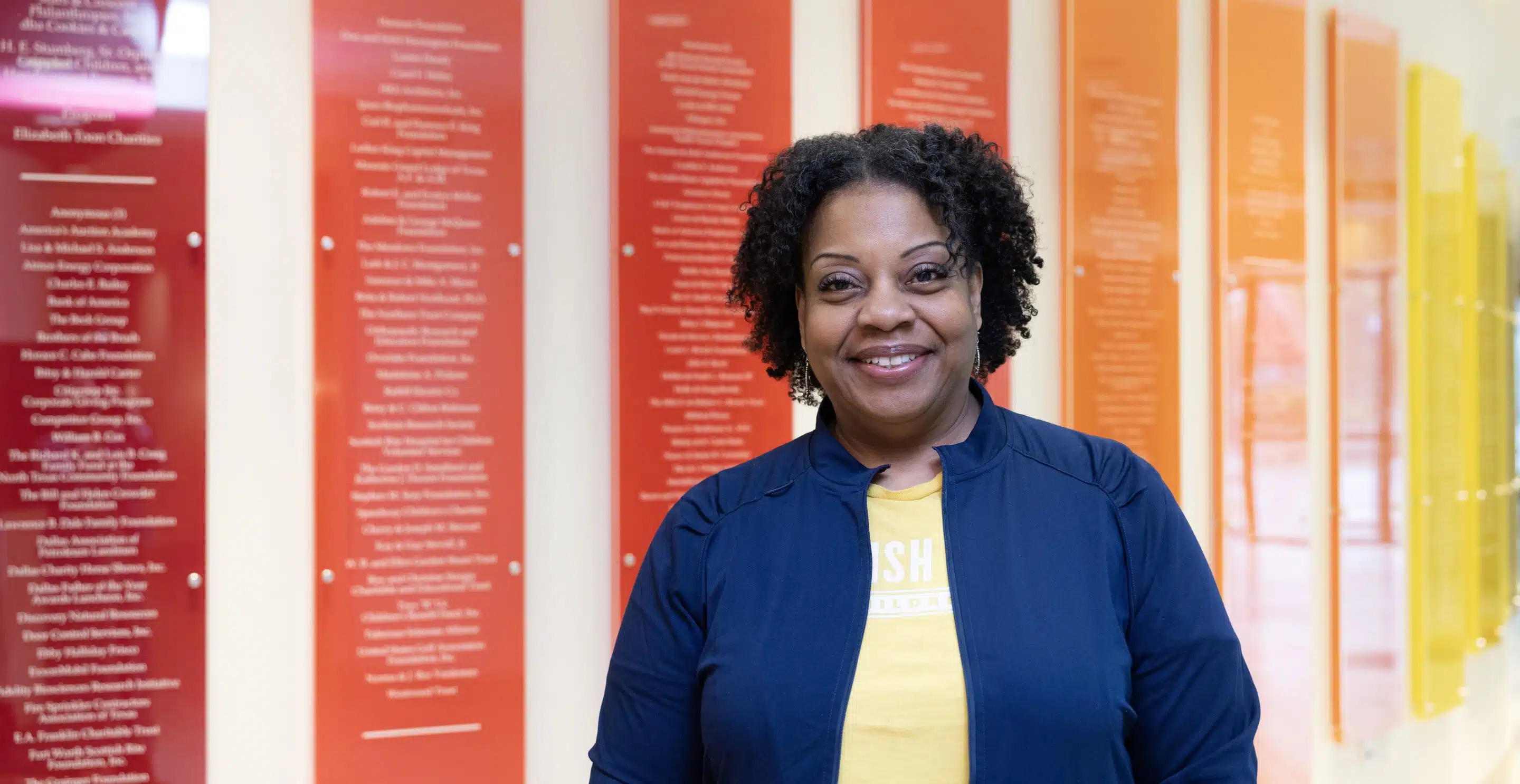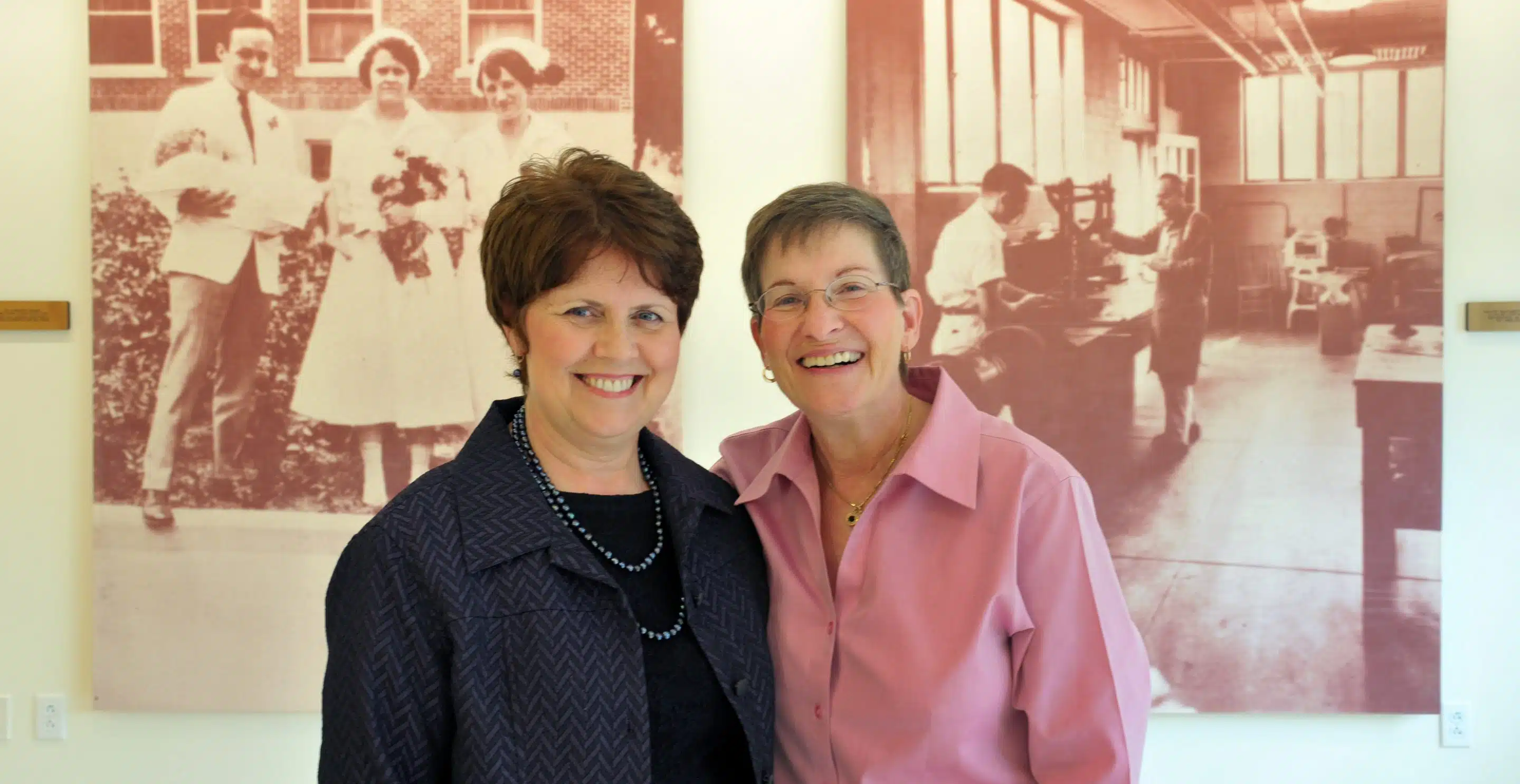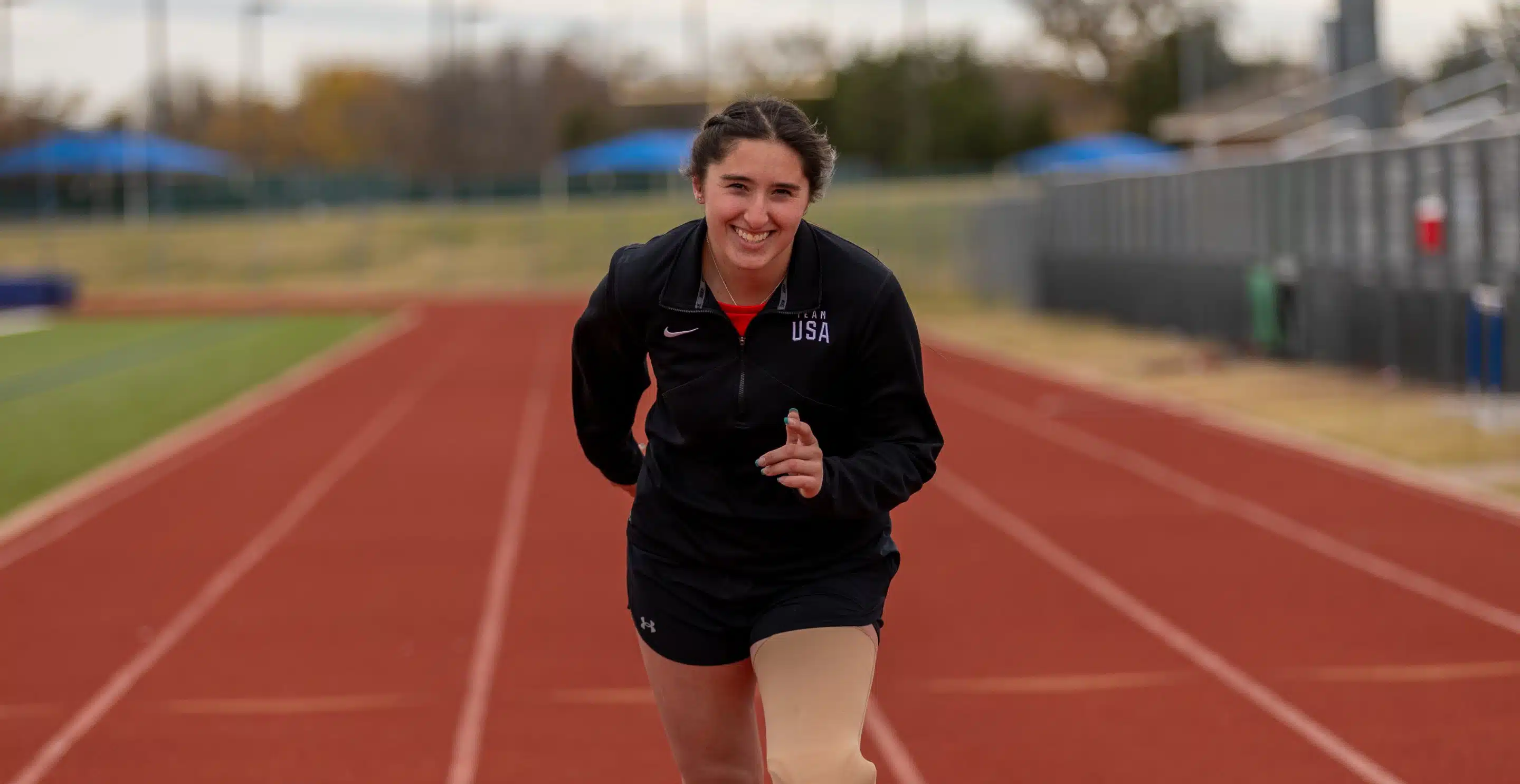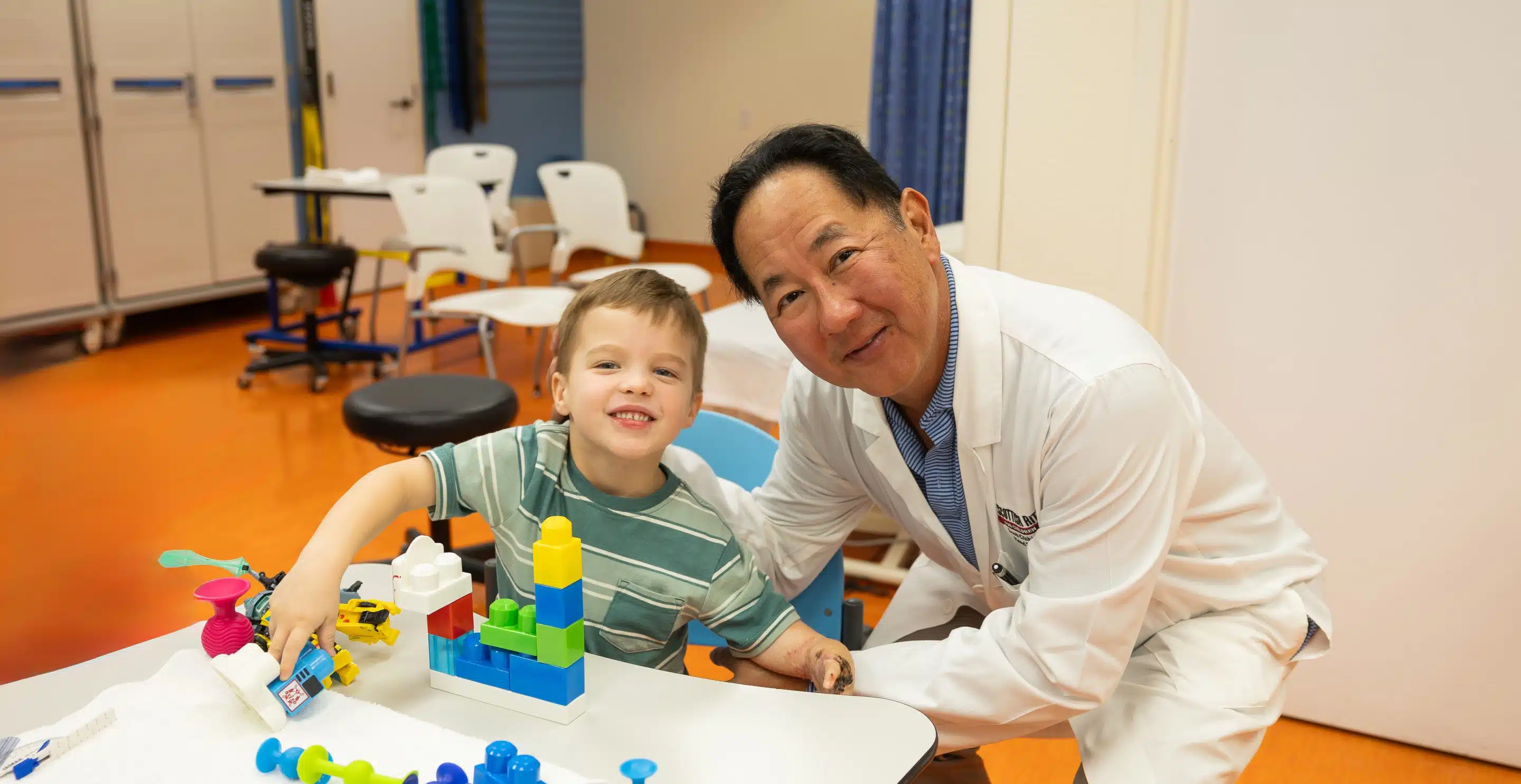Recently, sports medicine physician
Shane M. Miller, M.D., joined a Facebook LIVE discussion with pediatrician Early B. Denison, M.D., from Pediatric Associates of Dallas. As an expert in caring for young athletes, Miller was interviewed to discuss soccer safety and injury prevention. Below is a recap of the discussion.
Watch the live segment.
What types of injuries occur in soccer?
- Soccer is a contact sport, but has a large endurance component. Most acute injuries involve player to player contact that can result in ankle sprains, strains and/or contusions.
- Other Injuries include mouth, face/nose, eye, oral/dental
- Are there differences in injuries in youth players compared to high school players?
- Increase injury rates go along with increased age.
- The athletes are faster, stronger and more aggressive.
What about practice vs. games?
- Many more injuries occur during games than practice.
- Games bring a higher level of competition with a less controlled environment.
- One study showed that about 2/3 of injuries occurred during the second half of the game.
Boys vs. girls?
- Girls have a higher injury rate than boys.
- Specifically, there are two significant injuries that we see more in girls that concern us: ACL injuries and concussions.
What to know about ACL injuries:
- Very common in female athletes (non-contact), more than football, and about three times as many as boy soccer players.
- The injury takes place typically when planting the foot to cut – the ligament stretches and tears.
- It’s possible to hear/feel a pop and have swelling in knee.
- It is a very serious injury with short and long-term implications for an athlete.
- Usually eight to 12 months before returning to previous level of sport.
- Possibility of a long-term arthritis risk and associated injuries such as meniscus tear, etc.
What about overuse injuries?
- In younger soccer players (9-12), we see a lot of heel pain.
- Growth plate overuse injuries are very common.
- Adolescents complain mostly about knee pain (patellofemoral pain or Osgood-Schlatter’s). If there is swelling, limping, activity limitations, or symptoms more than a few days, the athlete should be evaluated by a pediatrician or sports medicine specialist.
How can we keep our young athletes safe? What recommendations do you have to reduce the risk of soccer injuries?
- Follow/enforce the rules! Many injuries are preventable. Aggressive play increases risk of injury.
- Proper equipment including shin guards.
- Warm-up program – FIFA 11+ and 11+ kids both have been shown to reduce the risk of injuries by half, especially ACL tears.
- Including a dynamic warm-up program should focus on balance, coordination, strength training and falling techniques.
What about concussions? What are your thoughts on headers?
- Most injuries that occur around headers involve player-to-player contact – so heading is a high-risk play.
- Additionally, younger players don’t have the coordination or neck strength to properly head the ball and absorb the forces.
- US Youth Soccer has banned heading in players age 10 and younger.
Will soccer headgear prevent a concussion?
- Headgear will not prevent a concussion and may increase the risk of injury by increasing athlete’s confidence/sense of invincibility. Following the rules, minimizing heading, increasing neck strengthening and not playing when fatigued/dehydrated are all very important in preventing a concussion.
What about reducing the risk of overuse injuries and burnout?
- A pre-participation physical exam should be performed at least six weeks before the season with a primary care provider. This will allow injuries/issues to be noticed and addressed before the season begins.
- Sport specialization – play multiple sports early on and specialize in late adolescence (i.e. high school).
- Avoid year-round play – take a month off three times/year.
- Hours/week shouldn’t exceed age in years.
- Sports should be fun! Emphasize fun and all the benefits of sports, not winning and scholarships.
Learn more about the common injuries treated in our Center for Excellence in Sports Medicine.


